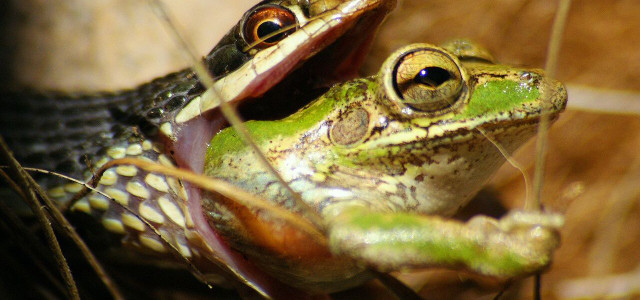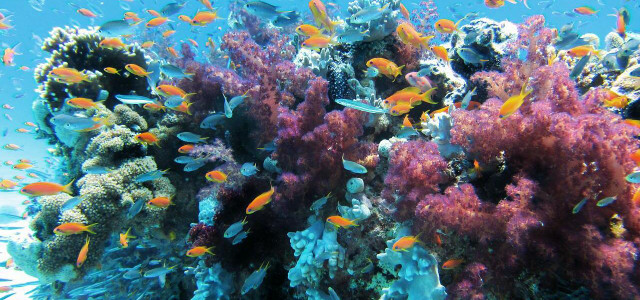The climate crisis has a major impact on food chains. Here are 3 food chain examples with explanations to show the dangers facing this natural process.
Many people don’t give the food chain much thought — you probably learned about it in elementary school and promptly pushed the information out of your mind. Due to the climate crisis and other environmental issues, it’s high time we start thinking about them again. After all, humans are part of multiple food chains.
The term food chain describes who eats whom in the natural world. Every living thing needs food to survive and each food chain is a possible pathway for energy and nutrients to make their way through the ecosystem. There are thousands of food chains that exist simultaneously within food webs, which contain all of the food chains within a single ecosystem.
With the climate crisis in full swing and the number of endangered species on the rise, we need to shift our attention to food chains so we can anticipate problems before they arise. We’ll look at some food chain examples with explanations so you can see why these seemingly insignificant natural processes are incredibly important.
Food Chain 101: Trophic Levels
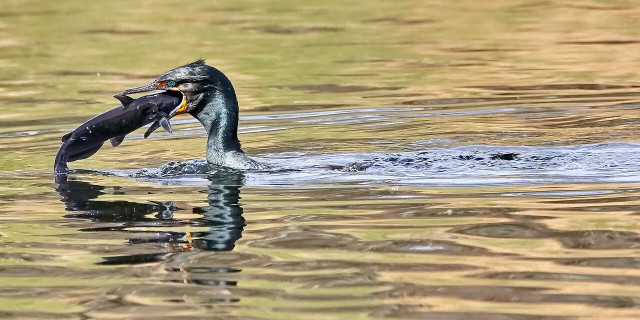
(Foto: CC0 Public Domain / Unsplash / Mathew Schwartz)
Organisms in a food chain are grouped into categories known as trophic levels. It’s easiest to envision this as a pyramid, with producers making up the largest portion at the bottom, and population levels decreasing as you make your way up the pyramid.
- Producers: This is the first trophic level, also known as autotrophs, which make their own food and make up the first level of every food chain. These are generally plants or single-celled organisms which make food using photosynthesis from sunlight, water and carbon dioxide. Examples include trees, grass, wheat and algae.
- Primary consumers: Organisms that eat the producers are known as primary consumers. They tend to be small in size, have large populations and are herbivores. Examples include deer, cows, and grasshoppers.
- Secondary consumers: These are organisms that eat primary consumers for energy and can be either omnivores (meaning they also eat producers) or carnivores. Examples include bears, fish, mice and most birds.
- Tertiary consumers: Organisms that eat secondary consumers are known as tertiary consumers. These are large apex predators. Examples include lions, tiger sharks and humans.
*Decomposers: These are outside the pyramid but complete the food chain and include things like fungi and bacteria. They turn organic waste like decaying plants into nutrient-rich soil, which the autotrophs used to create a whole new series of food chains.
Food Chain Types: Detritus vs. Grazing
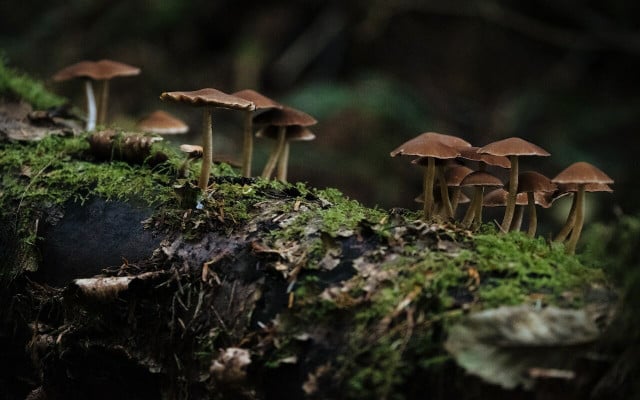


(Foto: CC0 Public Domain / Unsplash / Jesse Bauer)
There are generally only two types of food chains, known as the detritus food chain and the grazing food chain. Let’s take a closer look:
The detritus food chain starts with dead organic material. It includes different species of organisms and plants like algae, bacteria, fungi, insects and worms. The energy passes into detrivores and decomposers which are then eaten by smaller carnivores like maggots, which are then eaten by creatures like frogs and snakes.
The grazing food chain is what comes to mind when the term food chain is heard. It starts with green plants, which are eaten by herbivores. These herbivores are then eaten by carnivores, and so on. The energy in the lowest trophic level comes from photosynthesis.
1. Pond Food Chain Example With Explanation
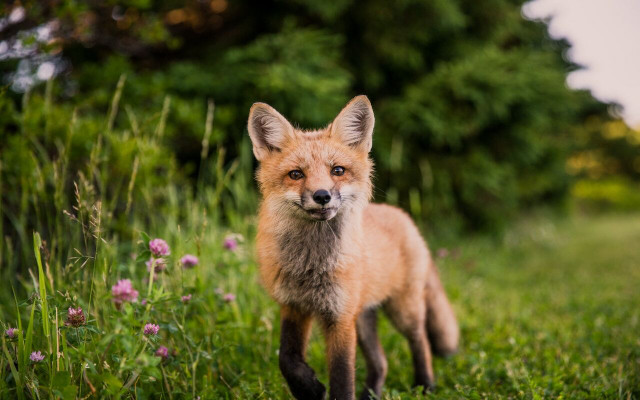


(Foto: CC0 Public Domain / Unsplash / Scott Walsh)
In a pond or wetland setting, a food chain may look a bit like this:
- Algae is the autotroph/producer and gets its energy from the sun.
- Insect larva eat the algae and the energy is passed on.
- The insects are then eaten by birds.
- The birds are eaten by foxes.
- A fox might be eaten by a coyote, and the energy passes on until the coyote is eaten or decomposes, joining the detritus food chain.
Depending on where the pond or wetland is located, the coyote might not be the apex predator. If it’s a coastal marsh in warmer waters, a coyote can be eaten by an alligator, for example.
2. Ocean Food Chain Example
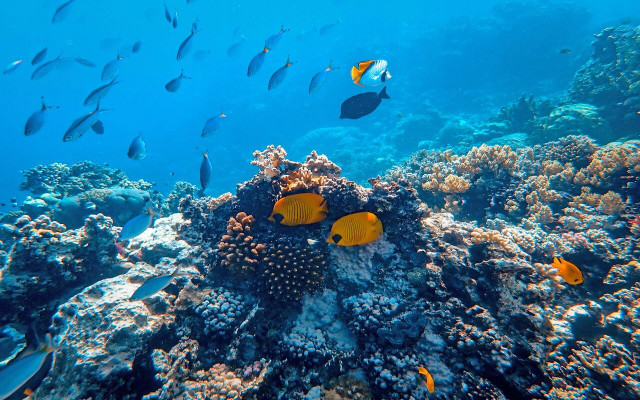


(Foto: CC0 Public Domain / Unsplash / Francesco Ungaro)
Humans are at the top of multiple ocean food chains as we consume a variety of seafood. Typical food chains within the ocean may look a bit like this:
- Phytoplankton and algae form the bottom level of any ocean food chain.
- Zooplankton, small fish and crustaceans make up the next level as they eat the phytoplankton and algae for energy.
- The secondary consumers include fish, small sharks, corals and baleen whales.
- The predators for secondary consumers include large sharks, toothed whales, large seals and dolphins.
- Depending on what part of the world you live in, humans then go on to eat sharks, whales, seals and dolphins, making humans the apex predator.
3. Food Chains in the Forest
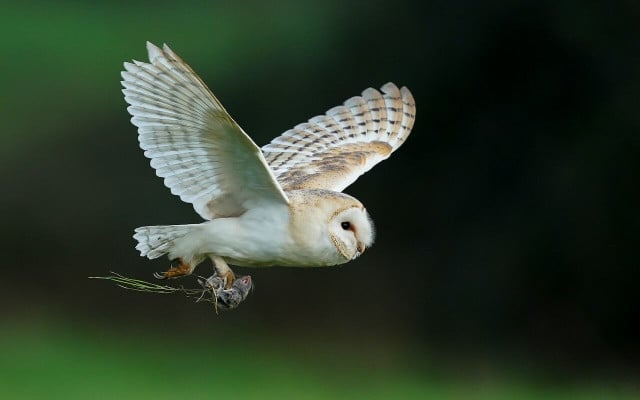


(Foto: CC0 Public Domain / Unsplash / Bob Brewer)
Forests cover approximately 31% of the planet’s land area and they’re home to a wider variety of plant and animal species. This is why forest conservation plays a vital role in saving the planet and ensuring species protection. A forest food chain example may look like this:
- Plants grow on the forest floor and get their energy from the sun, making them the autotroph in this food chain.
- A bug or beetle nibbles on the plant as their food source — since they are herbivores, they are the primary consumer.
- A mouse comes along and eats the bug, making it the secondary consumer.
- A snake eats the mouse, making it a tertiary consumer.
- An owl, another tertiary consumer, comes along and eats the snake.
How Climate Change Affects Food Chains
Climate change has the potential to significantly disturb food chains around the globe — even more than they already have been. In a similar way that farming practices have been affected by rising temperatures, droughts and other climate change issues, so too have food chains.
Rising ocean temperatures have displaced certain species of fish and they’ve moved north to find colder water. This has a direct impact as these fish are not traditionally part of the food chains in their new geographic location. Rising ocean temperatures have also contributed to problems like coral bleaching which has a knock-on effect on the fish that live in the reef as their home and food source are being destroyed.
Other issues such as deforestation, wildfires and environmental degradation can wreak havoc on food chains as members of those ecosystems are displaced and have to search for new food sources and habitats. When one trophic level is knocked out of the food chain, populations of other animals can become out of control. Similarly, when new predators are introduced, species can be easily wiped out, disrupting the delicate food chain balance.
Conservation and preservation of our natural resources, wildlife and bioregions are critical in order to maintain balance on earth and maintain food chains we rely on for survival.
Read more:
- Gone Forever: 10 Extinct Animals Humans Pushed to the Brink
- Parallel Paths: How 10 Organisms Achieved Similar Goals With Convergent Evolution
- Woolly Mammoths vs. Elephants: Why the Difference Suddenly Matters
Do you like this post?






